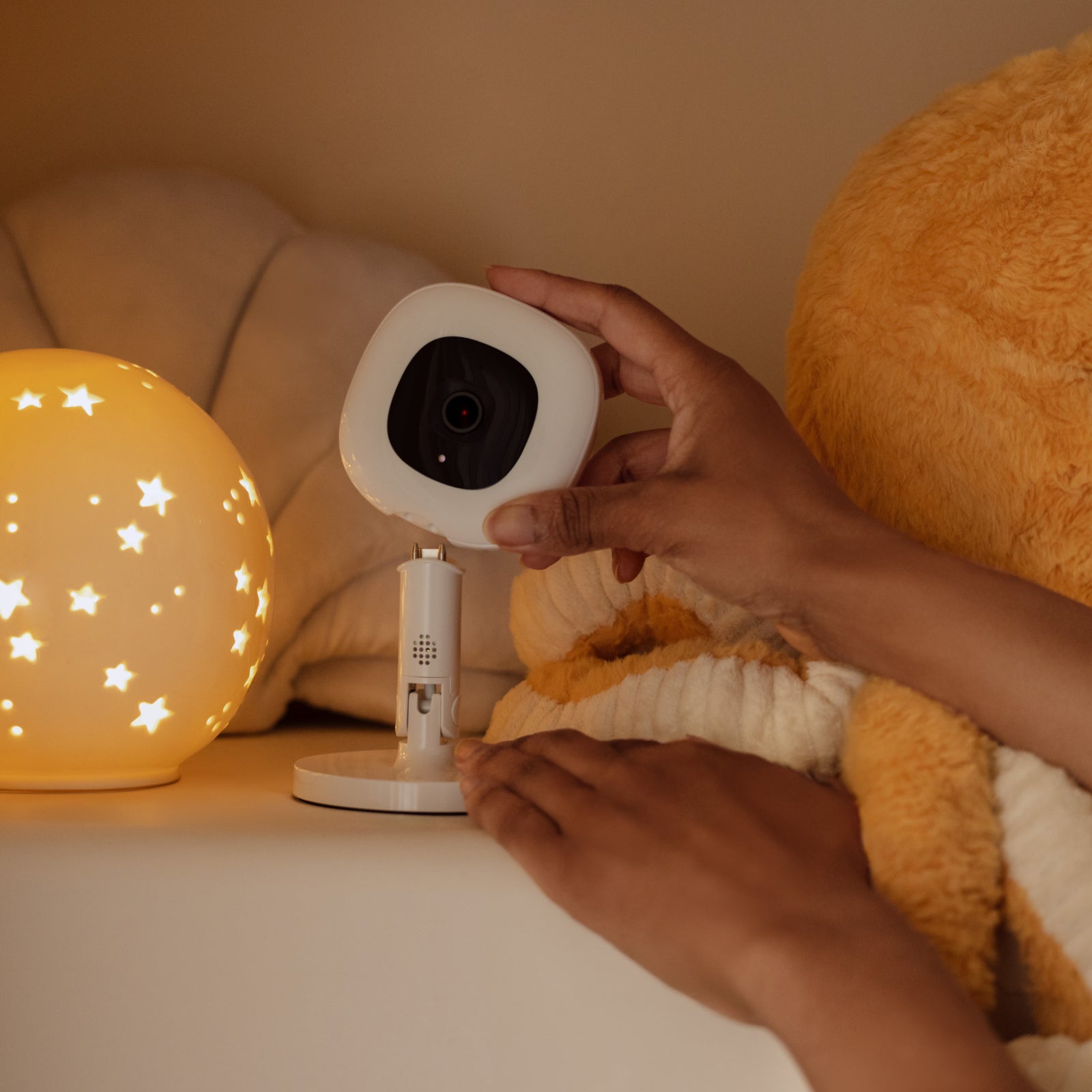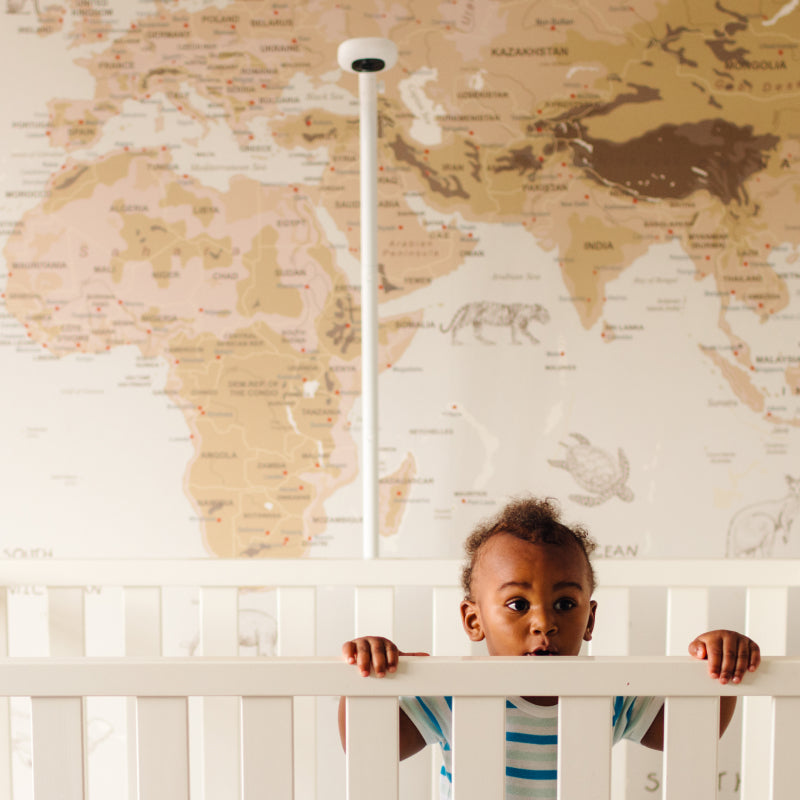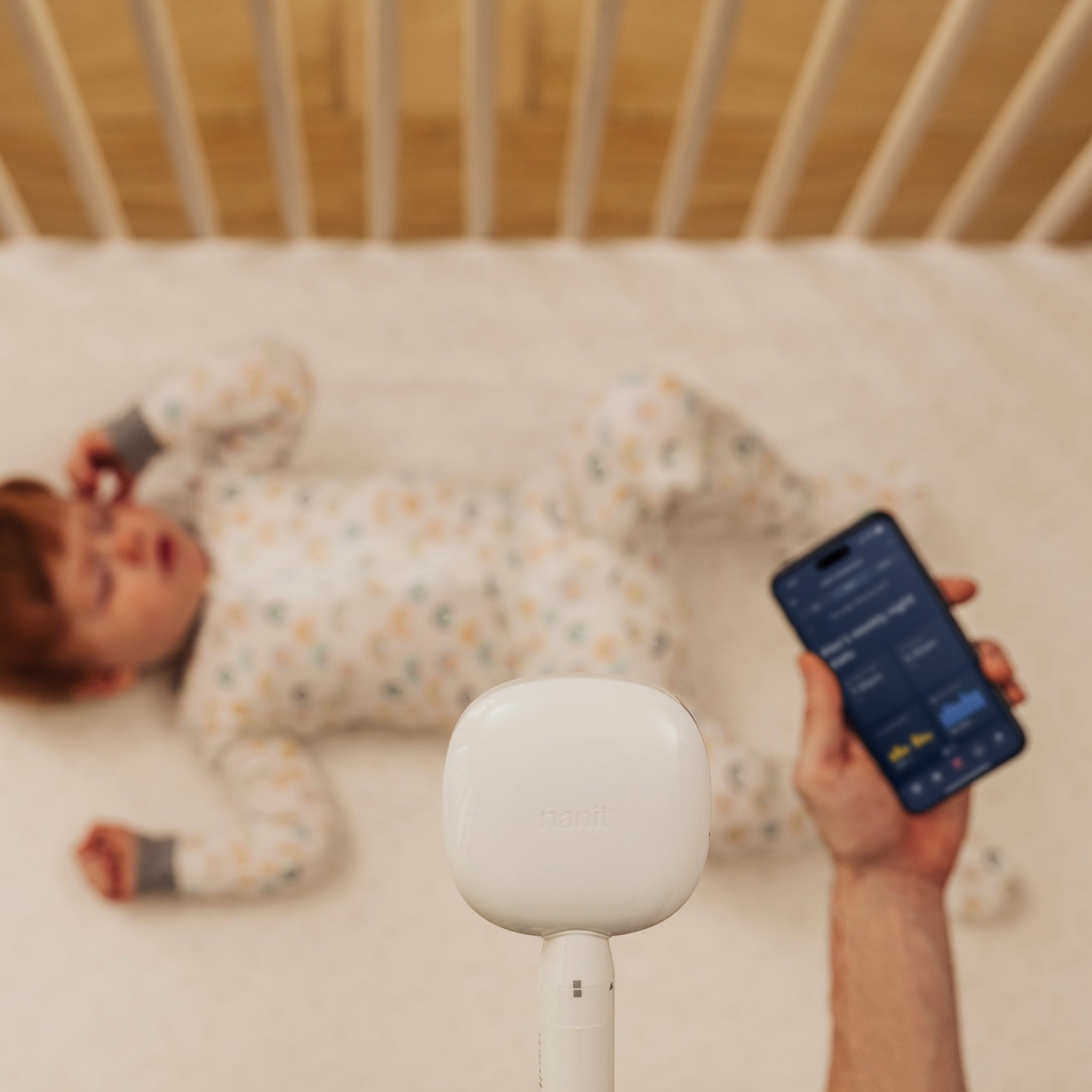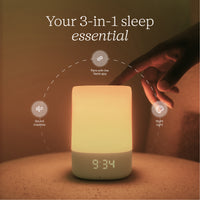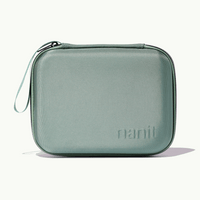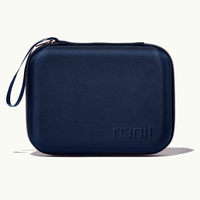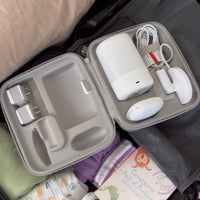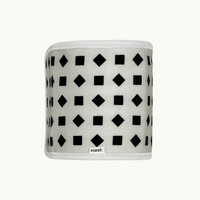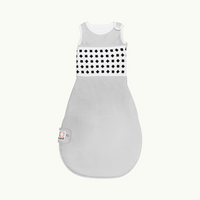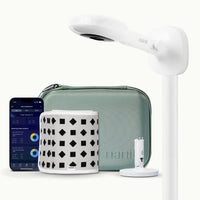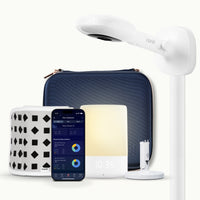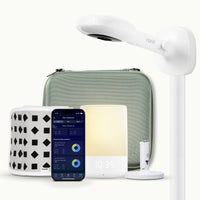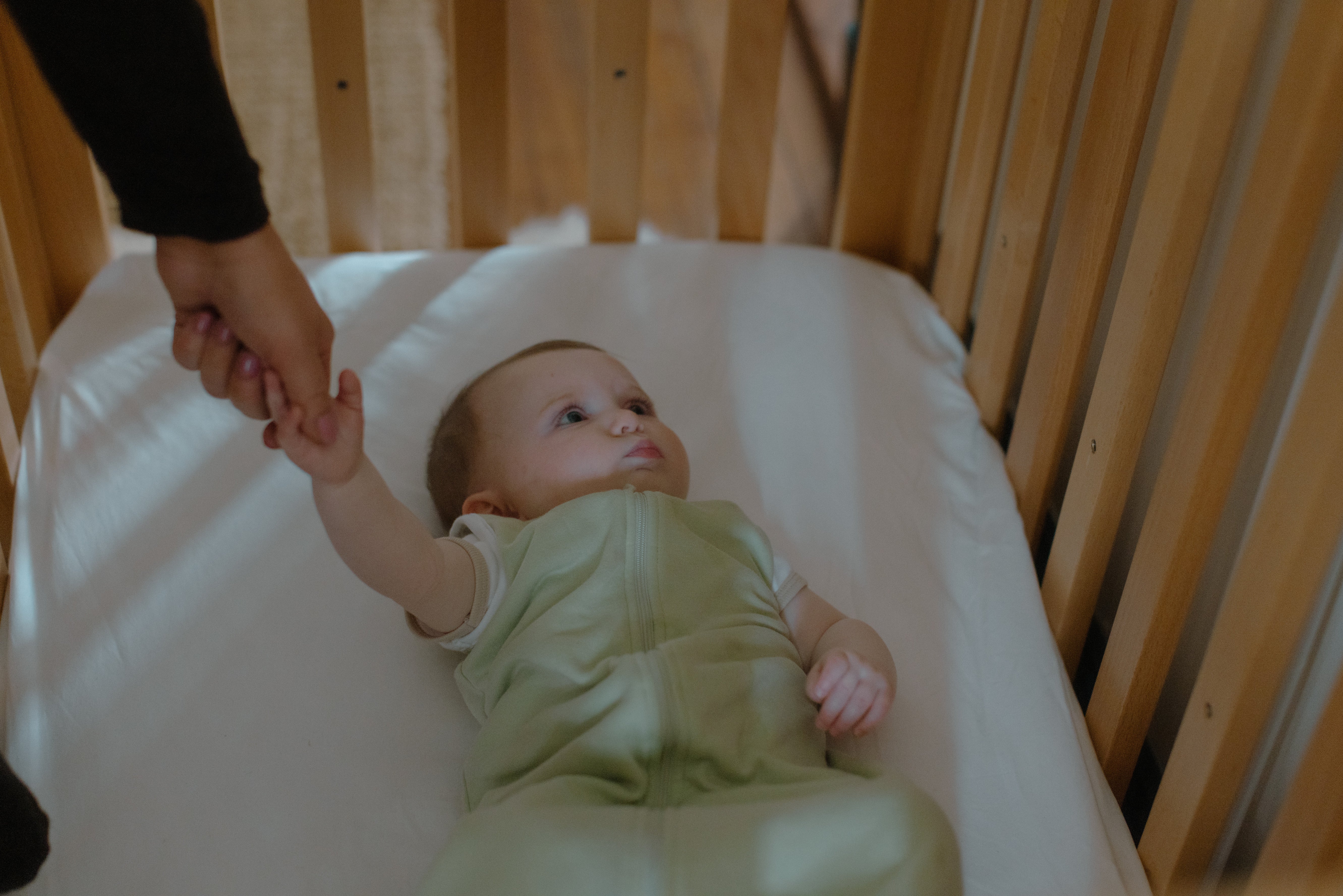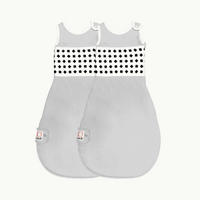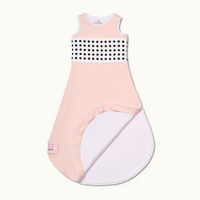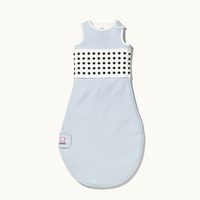Get a FREE custom sleep and feeding schedule
Our pediatric sleep experts at Nanit Lab deliver a personalized schedule based on your baby’s age, feeding method, current rest patterns, and more. Plus, you’ll receive tips on upcoming milestones and features to help you with each new stage!
4 Month Old Nap Schedule
Between 4 and 6 months, your little one’s naptimes may still vary, but they’ll most likely be napping somewhere between 2 and 4 hours in total during the day. Your baby might enjoy 3 naps between 4-5 months, and 2 longer naps around 6 months of age. If you haven’t already started sleep training the little one, now is the time to consider it. You can do this by putting your baby down to sleep while they’re still awake. You can expect some tears here and there if they happen to be used to falling asleep with you. At this age, babies should also be transitioned into a crib, rather than with you in your bed or in a bassinet. It may be tough to part ways with your baby in this way, but you want to help them understand their own space and surroundings, which means that they’re not always going to be right next to you. It’s okay to have your baby taking naps in the stroller, the car, or on the go by some other means, but you’ll want to make sure to eliminate all motion from nap and sleep times at around 6 months, by making sure that most sleep happens in the crib. You can sort of think of the crib as a little sanctuary of open space for your baby — you want it to be a place where they’re able to move freely and sleep peacefully.
4 Month Old Feeding Schedule
At this point, a regular sleep/eat/wake schedule will help your little one know when it’s time to eat, sleep, and be awake. Your baby should be getting comfortable sleeping through the night (a full 11-12 hours) without a feed. Make sure your baby is getting all the food they need during the day, by getting a minimum of 24 ounces total, with 5-8 ounces per feed. That obviously may be tricky to track if you’re nursing exclusively, but if you are feeding actively for 15-20 minutes, 5x a day, you’re probably getting just the right amount. If you’re concerned, another great way to double check is to see how much milk you can produce during a given time while pumping.
The American Academy of Pediatrics (AAP) recommends exclusively breastfeeding or formula feeding for the first 4-6 months, recognizing that infants often are developmentally ready to accept solids between 4-6 months. That said, it’s ultimately up to you and your baby! You know their feeding habits better than anyone, and can probably sense by the way they’re eating, whether or not they’ll welcome solid foods at 6 months (or perhaps even earlier).
4 Month Old Wake Windows
At 4 months old, your baby's wake windows are still relatively short, typically ranging between 1 to 2 hours. During these periods, your little one is alert and ready to engage with the world. Pay attention to their sleep cues – if they start getting fussy or show signs of tiredness, it's a clear indication that they're ready for a nap. Creating a routine around these wake windows helps ensure your baby gets the right balance of playtime and rest for their healthy development.
How Long Should a 4 Month Old Sleep?
It’s important for everyone in the house — that is, everyone interacting with and taking care of the baby — to be on the same page about the baby’s sleep schedule. You should all come to expect that your baby will be sleeping for longer periods of time throughout the night, and shorter periods of time throughout the day. For this reason, there may be less confusion between nighttime and daytime for your little one. Total sleep between naps and bedtime will fall between 14 and 16 hours, and you’re welcome to introduce a sleep schedule and a bedtime routine at this age. (It’s never too early to have your baby getting used to a routine before bed.) Try out different calming activities and see how the two of you feel — this should be just as calming and beneficial for developing healthy sleep habits for you as it is for your little one. Who knows, maybe you’ll learn a thing or two about what you’d like for your own bedtime routine! Be sure to allow some time before your baby’s normal bedtime for the routine to take them directly to their crib. You may also choose to remove certain objects, like pacifiers, from your baby’s reach or mouth during bedtime. This way, they won’t wake up in the middle of the night to find the pacifier has fallen out, which can make it harder for them to fall back asleep on their own.
4 Month Old Sleep Schedule
Wake and Milk Feed6:30 AM |
Depending on the last time your little one was fed, this first feed of the day might be a big one. Make sure to take note if your baby is not super hungry —this might be a sign that you need to cut back on feeding in the middle of the night. For those breastfeeding, you'll probably be very full in the morning, particularly after a long stretch of rest and not feeding. Consider pumping off extra milk to store for later, after you've fed your baby.
|
Nap time8:30 AM - 9:30 AM |
Someone's feeling a bit sleepy! Don't be surprised if your baby needs a nap before this time, two hours awake is just enough time to tire the little one out at this time in the morning. Just keep an eye on how long they nap —too long might mean that they don't get enough to eat during the day, making them hungrier at night.
|
Milk Feed9:30 AM |
Time for food! Feed your baby upon awakening, who may not wake up for another half an hour or so.
|
Nap time11:30 am - 12:30 PM |
Let your little one recharge for another 30 minutes if they don't wake up on their own.
|
Milk Feed12:30 PM |
Feeding time has come (again) —this may not happen for another half an hour, when baby awakes.
|
Nap time2:30 PM - 3:30 PM |
Babies are like cats with their naps, sometimes only needing a short nap of 15-40 minutes at this time (or a little longer if they want)... let the little one sleep for another 30 minutes if they don't wake up on their own at this time.
|
Milk Feed3:30 PM |
Wakey wakey. Time to be fed! |
Bath time5:45 PM |
It's up to you to decide if a bath feels right at this time of day. If your little one is happy and relaxed, great! But if it stresses you and your baby out, maybe try bathing at a different time of the day, or not every day.
|
Last Milk Feed6:15 PM |
Your little one is at the age where you can start thinking about trying to keep them from falling asleep at the bottle or breast. Maybe break up the feed and bedtime with a song or story to create some positive sleep associations.
|
Bedtime6:30 PM |
Time for bed. Sweet Dreams!
|




